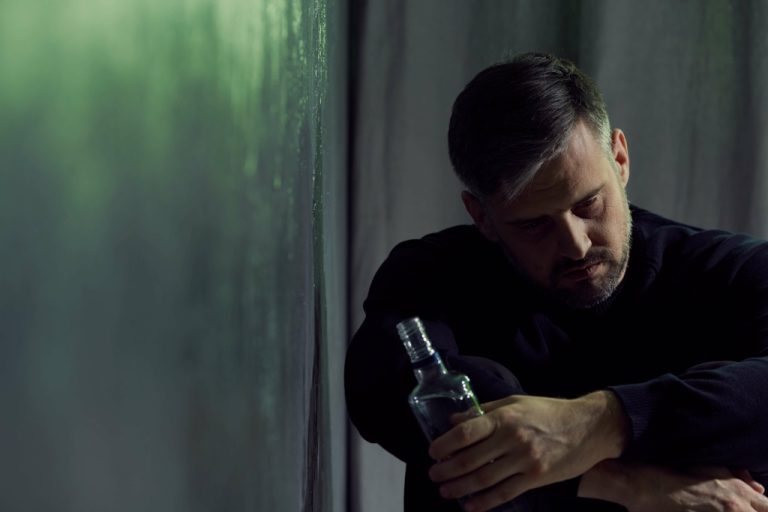Content
You’ve probably come across an article or two suggesting that drinking red wine contributes to heart health. Where this is some research that backs those claims, red wine, as well as white wine, may not be the best for skin health . Both red and white wines are linked with flushing and increased rosacea symptoms .
Sleeping well helps promote healthy skin cell turnover and healing, so after enjoying some cocktails, be sure to get plenty of rest. Before you crawl into bed for beauty rest after drinking, put down an extra pillow. Sleeping slightly propped up can help you get more restful sleep, and it helps prevent fluid accumulation across the face that can lead to puffiness. All of these skin conditions may occur without any history of alcohol abuse.
Learn about DNA skincare & Nomige from Dr. Barbara Geusens
It’s common in people who also have asthma, sinus disease, or problems with aspirin and other nonsteroidal anti-inflammatory drugs . Your doctor can help by slowly getting you used to aspirin, which should ease your symptoms. Regular heavy drinking can trigger psoriasis — a condition where skin cells build up and make dry, itchy patches. It may make it harder for some to do their job, and it could be dangerous when mixed with others. However, in some cases, such as psoriasis and rosacea, a person will need to continue treatment even after they have stopped drinking alcohol. Prolonged alcohol consumption and alcohol use disorder can lead to or aggravate a variety of skin conditions.

From dullness and enlarged pores, to blotchiness, increased redness and puffiness – we’ve explored how breaking down alcohol in the body can trigger these skin side effects. Plus the drinks you need to steer clear of if you’re keen to beat boozy breakouts. It might seem illogical that some liquids actually dehydrate the body, but that’s what alcohol does. In alcohol’s instance, as the body metabolizes it, it releases a byproduct called acetaldehyde, which Spizuoco says is toxic to body tissues and skin . This is why your skin can feel rough and desert-dry the morning after a binge. Then, if you magnify that fact times all of the instances you have a bender, imagine the influence it has on premature aging.
Practice a good skincare routine
Doctors call this skin disease seborrheic dermatitis, and it’s often a sign of immune system problems or a yeast in the body. Over-the-counter shampoos are a good first treatment option, but you may need a prescription remedy. In the short term, drinking alcohol can cause dry skin, flushing, dark circles, and decreased elasticity. If a person wishes to continue using alcohol frequently, basic treatments such as over-the-counter moisturizing creams may help relieve some of the symptoms of skin conditions, such as dry skin. According to a 2020 study, applying topical brimonidine to the skin before drinking alcohol may be effective in reducing the appearance of flushing. Brimonidine is prescription-only, and doctors sometimes prescribe it to people with rosacea. To combat the short-term effects of alcohol on the skin, a person can drink water to stay hydrated while consuming alcohol.
What alcohol is worse for your skin?
1. Red wine – Nooooooo 💔 Yup, I hate to break it to you, but red wine is pretty much the worst drink for your skin… "Alcohol is a vasodilator, meaning it promotes the opening of blood vessels in the skin, which is how it leads to increased redness.
We link primary sources — including studies, scientific references, and statistics — within each article and also list them in the resources section at the bottom of our articles. You can learn more about how we ensure our content is accurate and current by reading our editorial policy. Light colored beverages like bourbon, vodka, how alcohol affects your skin gin tequila have minimal additives and tend to be processed more quickly by the body, thus reducing the potential harm to the skin. Watch our skintips, where Dr. Barbara Geusens, expert in personalised skincare, shares her latest Tips & Tricks. Alcoholis one of theselifestyle factorsthat strongly influences your skin condition.
Alcohol Can Inflame Your Complexion
By giving your body a month-long break from drinking, you’re allowing your skin to rehydrate and regenerate. The best part is that you don’t have to wait an entire month to start seeing the changes. Most people who give up alcohol notice that their skin is dewy, and healthier looking after just one week. By the end of Dry January, you’re likely to see less swelling, clearer skin, and an overall healthy glow. Those who drink more than 80 grams of alcohol per week have been found to have severe treatment-resistant psoriasis, according to Dr. Shainhouse.
If you have rosacea and struggle with flare-ups, alcohol can be a big culprit, even in moderation. Red wine are known to have some health benefits, consuming alcohol in excess is never a healthy choice. Filling your body with the empty calories and sugars that many of your happy hour drinks are filled with can actually lead to malnutrition, which can have an obvious impact on your complexion. While aging and skin problems are concerning on an aesthetic level, they are the least of the worries a heavy alcohol user faces. Alcohol abuse can increase the risk of physical dependence, liver disease, heart disease, relationship problems, career blunders, financial challenges, and so much more. If you or your loved one has tried quitting alcohol and failed, it’s time to get help. Save your own skin–literally–when you begin recovery at Amethyst Recovery Center.
